Description
Reading Strategies and Practices: A Compendium, Sixth Edition, continues to be an invaluable reference tool for literacy students and practicing teachers alike!
Packed with a full range of strategies and practices that can be directly implemented in the classroom, this text is designed to be an ongoing reference for any literacy educator.
New to the Sixth Edition:
– Updated citations and discussions of the strategies and practices address the political mandates, research findings, and national reports that have been released.
– Inclusion of strategies that have emerged in the past four years and that are highlighted in the national reports, as well as a discussion of the new basics, or multiliteracies, provide students with the most up-to-date information.
– New discussion of technology has been added and offers strategies on how to incorporate technology in the classroom.
Reviewers Still Love Reading Strategies and Practices:
Our students like the wide variety of strategies offered in the book. They also like the fact that the book is not geared just toward at-risk students, or gifted students, but offers ideas that can work with many various ability levels.
Deborah Doty, Northern Kentucky University
I have such respect and admiration for the daunting feat that the authors have managed to accomplish, they have taken the latest and greatest research and compiled virtually all the information relevant to reading methodology. It is a gift to our profession. Armed with this book, a teacher would be equipped with all the tools necessary to teach reading.
Lilian McEnery, University of Houston Clear Lake
I have chosen this book for my courses first because the authors are leading scholars in the field of literacy and have done extremely well in presenting different types of strategies and practices. The book provides in-depth descriptions of many strategies and practices that my courses cover. Additionally, my students have found the description for each strategy/practice very readable and comprehensive, and the suggestions and ideas from the book are very applicable to their teaching.
Shelly Hong Xu, California State University, Long Beach
What distinguishes this text from others is the breadth in its coverage of models. I know of no other text that describes 87 different models used in literacy instruction.
Glenda Jo Pennington, Ohio Valley College

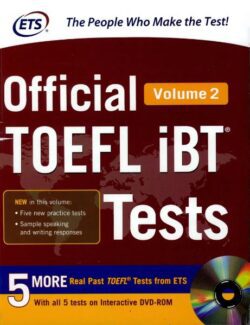

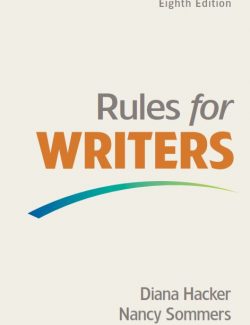
![English 365 Level 1 [Cambridge] – Steve Flinders, Bob Dignen, Simon Sweeney English 365 Level 1 [Cambridge] – Steve Flinders, Bob Dignen, Simon Sweeney](https://www.tbooks.solutions/wp-content/archivos/2023/02/english-365-level-1-cambridge-steve-flinders-bob-dignen-simon-sweeney-250x325.jpg)
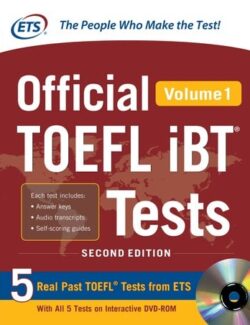


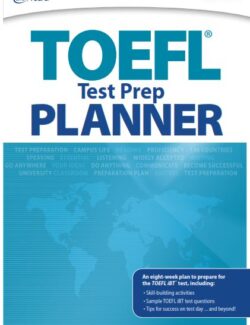
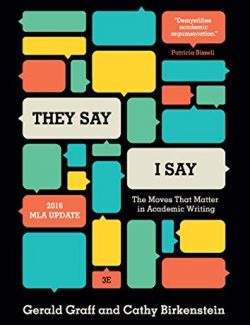

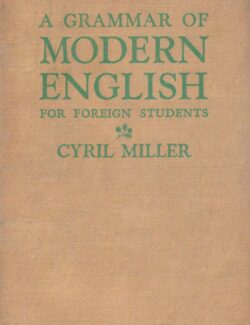

Leave us a comment
No Comments